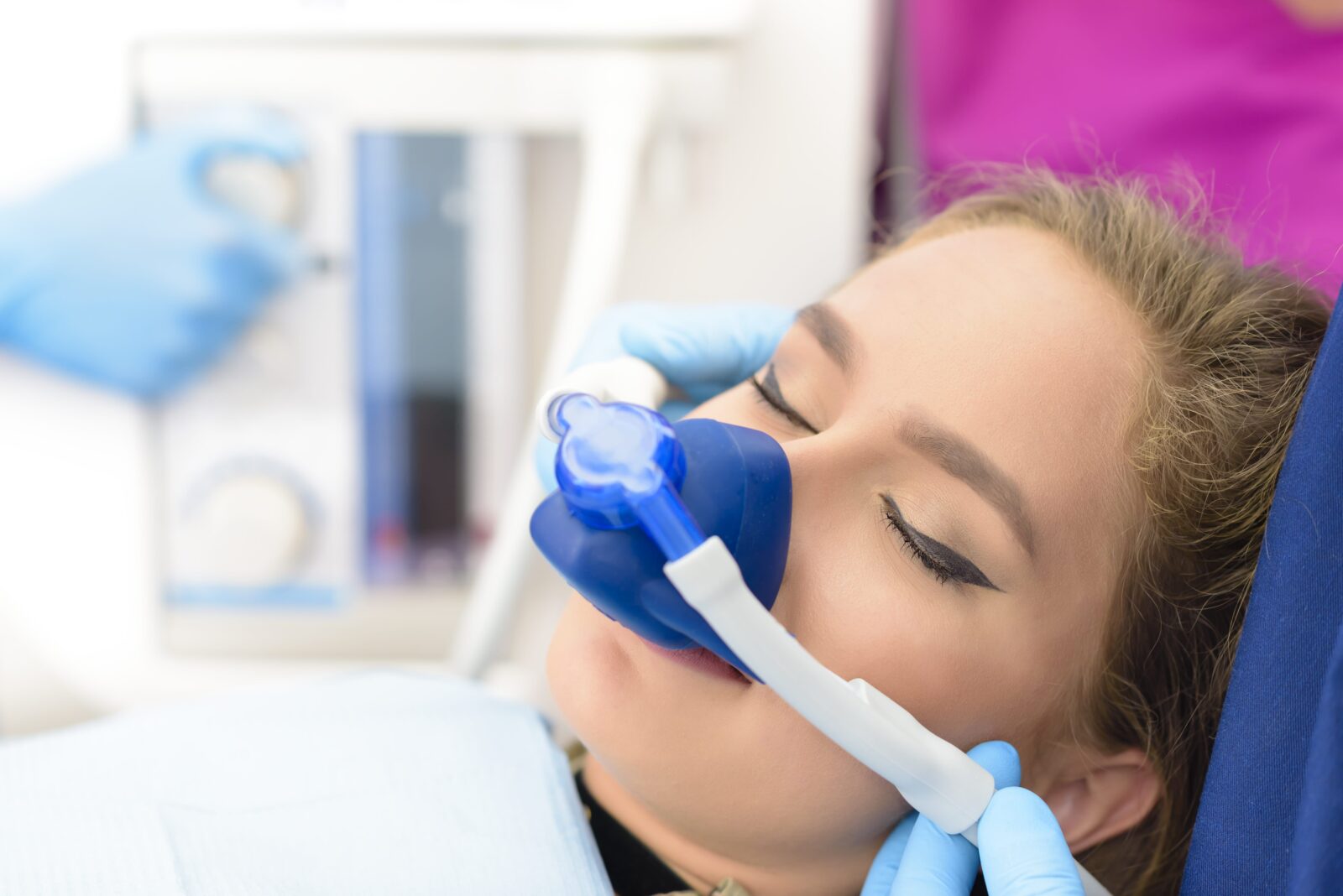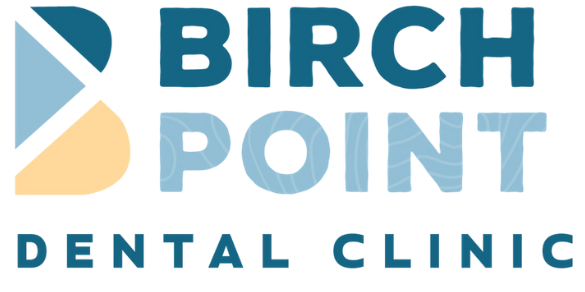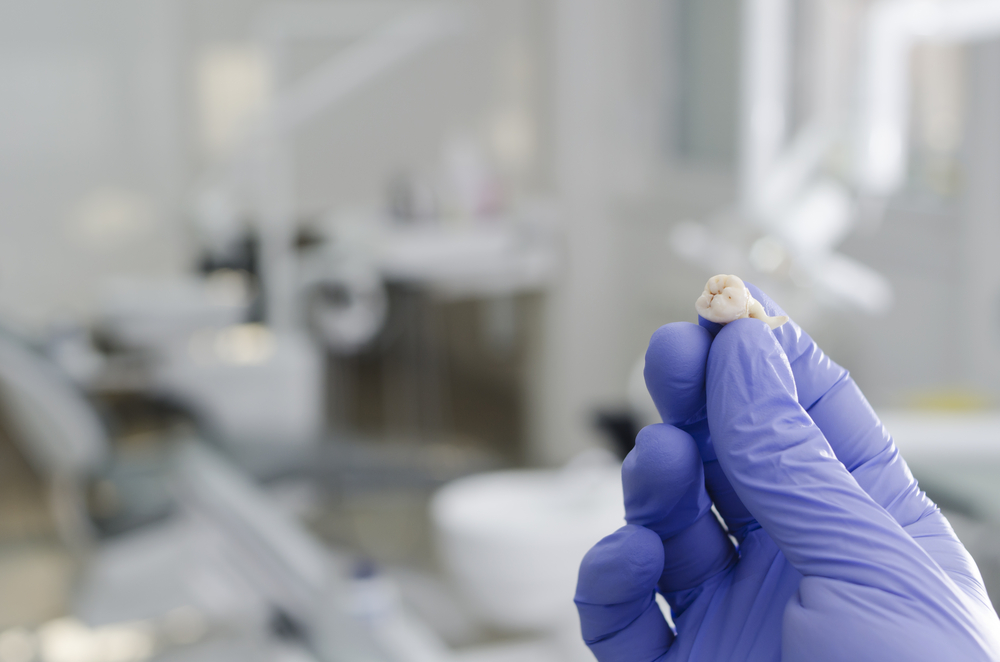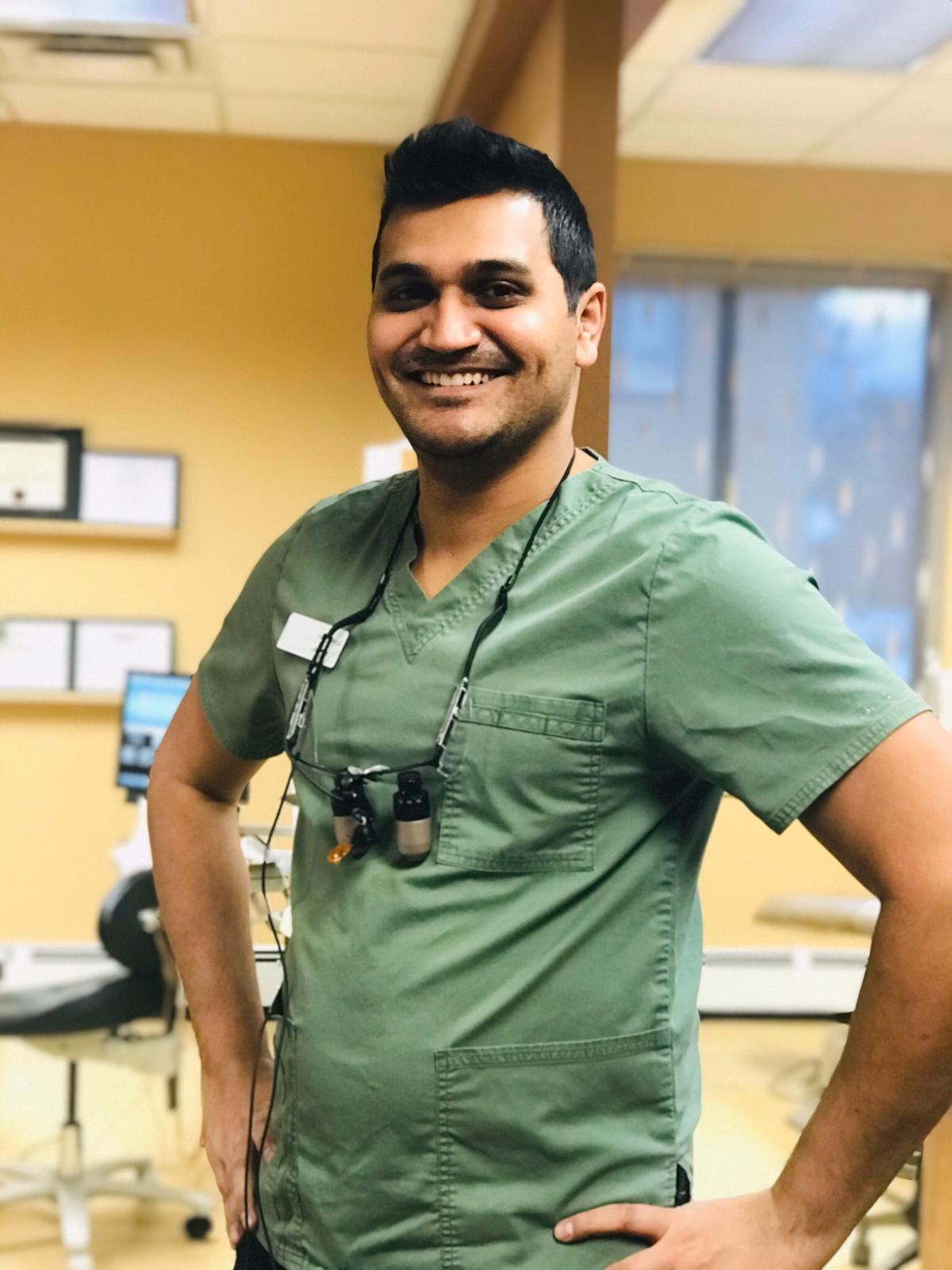Dental sedation has become a popular way to relax patients who are fearful of dental procedures. But is sedation dentistry safe? There are several types of dental sedation, and each one carries its own set of risks. In this blog post, we will discuss the different types of dental sedation and how they work. We will also talk about the potential risks associated with each type of sedation. Finally, we will talk about who is an ideal candidate for dental sedation and who may be at an increased risk for complications.
Types of Sedation
There are four main types of dental sedation: oral sedation, IV sedation, nitrous oxide sedation, and general anesthesia.
Oral Sedation
Oral sedation is the most common type of dental sedation. Patients who receive oral sedation typically take a pill before their appointment. The pill makes them drowsy and relaxed.
Inhaled Sedation
Nitrous oxide sedation, also known as laughing gas, is a mild form of sedation. Patients who receive nitrous oxide Sedation remain awake and aware during their procedure but feel relaxed and calm.
IV Sedation
IV sedation is a more intense form of sedation. Patients who receive IV sedation are typically asleep during their dental procedure.
General Anesthesia
General anesthesia is the strongest form of sedation. Patients who receive general anesthesia are completely asleep during their procedure.
Levels of Sedation

In addition to different types of sedation, there are also different levels of sedation. The level of sedation will be determined by the type of procedure being performed and the individual patient’s tolerance for sedation.
Mild Sedation
Mild sedation is typically used for procedures that are not very invasive. Patients who receive mild sedation may feel drowsy but will still be awake and able to communicate.
Moderate Sedation
Moderate sedation is used for procedures that are more invasive. Patients who receive moderate sedation may be drowsy and have slurred speech. They may also be unable to remember the procedure after it is over.
Deep Sedation
Deep sedation is used for very invasive procedures. Patients who receive deep sedation may be unconscious and will not be able to communicate.
Is it Safe?
When performed by a dentist with the proper skills and training, dental sedation is considered to be safe for most people of all ages. With that being said, however, all forms of dental sedation carry some risk. In order to minimize your risk, your dentist will ask you about your medical history and will perform a physical examination to determine if you are an appropriate candidate for sedation dentistry.
The best candidates for dental sedation are healthy adults who have a fear of dental procedures or a strong gag reflex. Patients with certain medical conditions may not be good candidates for dental sedation.
In Conclusion
When performed by an experienced dentist, dental sedation is a safe and effective way to help patients relax during dental procedures. There are different types of dental sedation, and each one carries its own set of risks. Be sure to discuss your medical history with your dentist before choosing dental sedation as your method of relaxation.





